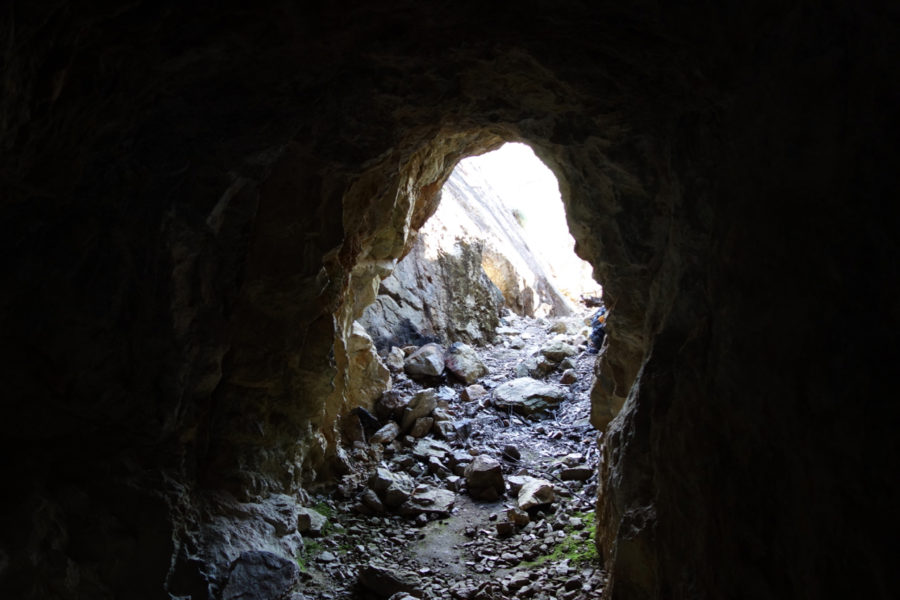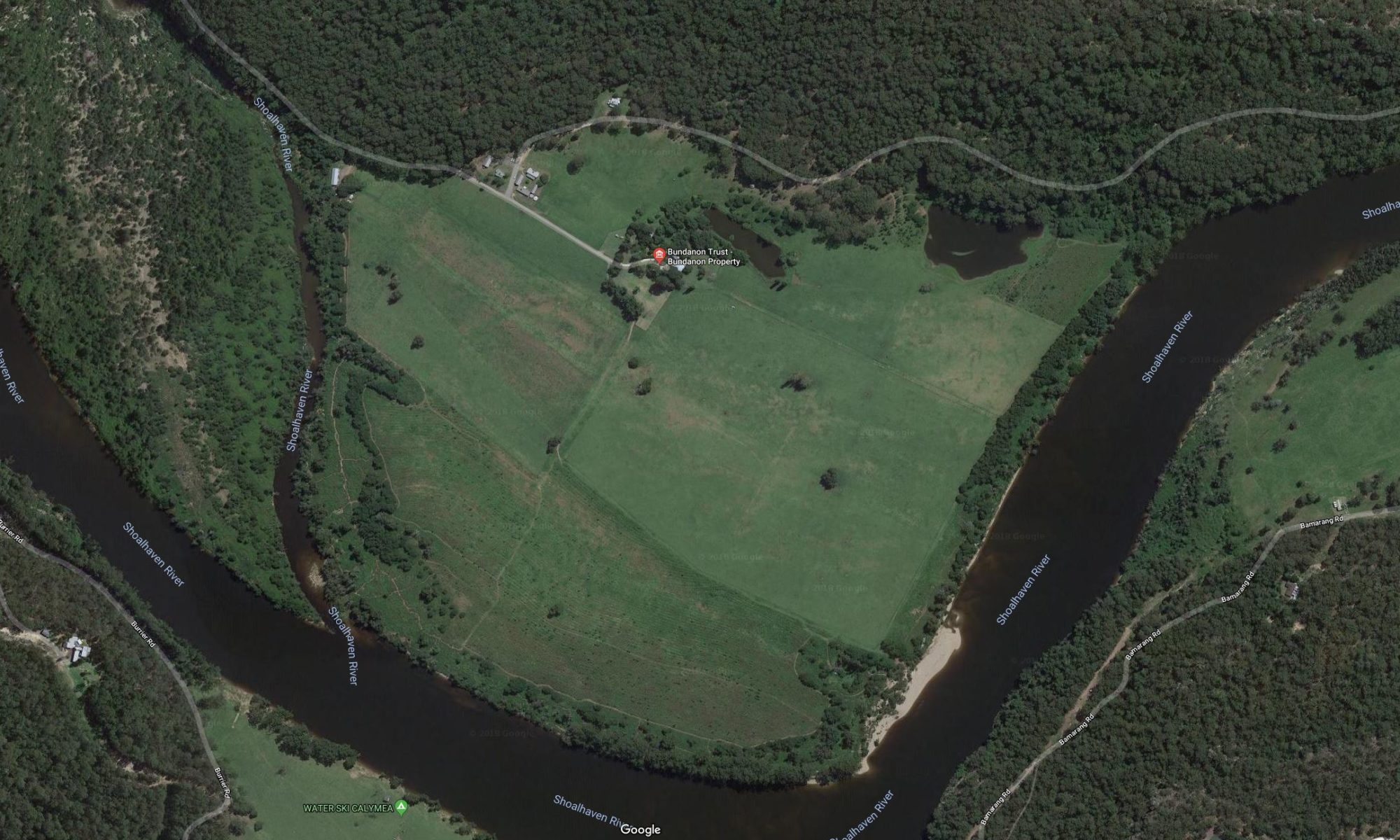The catchment of the Shoalhaven River was subject to exploration and mining for gold predominantly from the 1860s to 1900. The most well-known goldfield is that of Yawal that lies in the headwater of the Shoalhaven, upstream from Bundanon. The mines were last reworked during the depression years of the 1930s and have since been abandoned. Nevertheless, the environmental activities and impacts are not well described but what information exists indicates the mining resulted in a range of upstream environmental impacts including deforestation, damming and sluicing. Downstream, the ‘fingerprints’ of mining activities on the landscape are even less well known. However, this knowledge-gap provides a unique opportunity to understand how mining affected the floodplain environments through the dispersal and accumulation of contaminants over time.
Consequently, this project analyses floodplain sediments for gold, silver, lead and zinc, which are common contamination markers of anthropogenic activity. Sampling of floodplain sediments effectively provide a temporal sequence, with sediments ageing with depth. Shifts in geochemical profile are linked to the European catchment history relating to the ebb and flow of mining activity.

